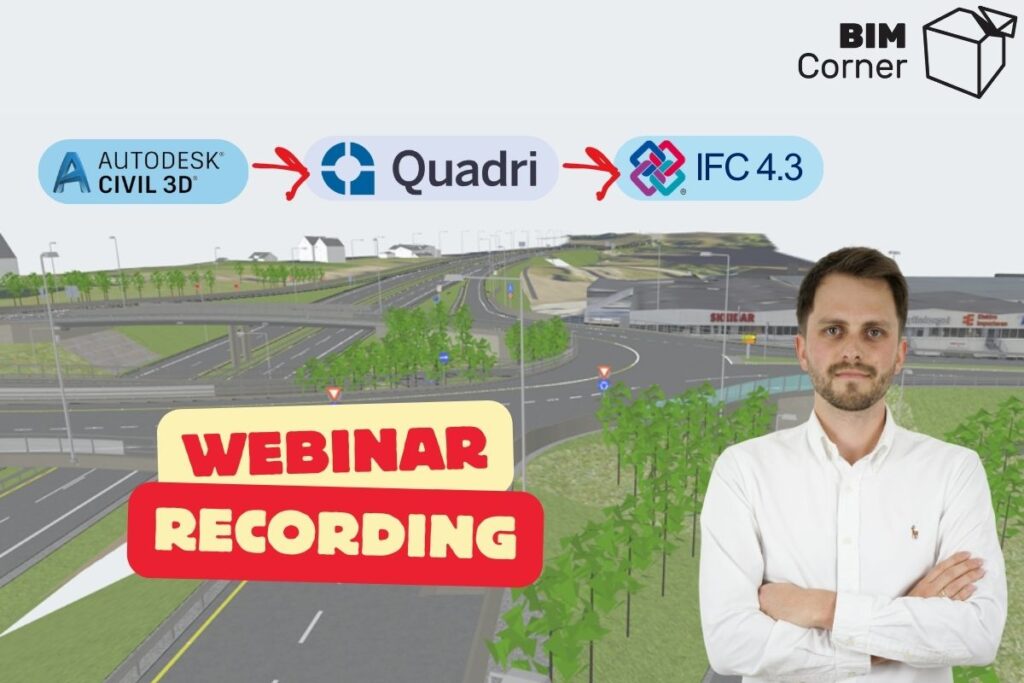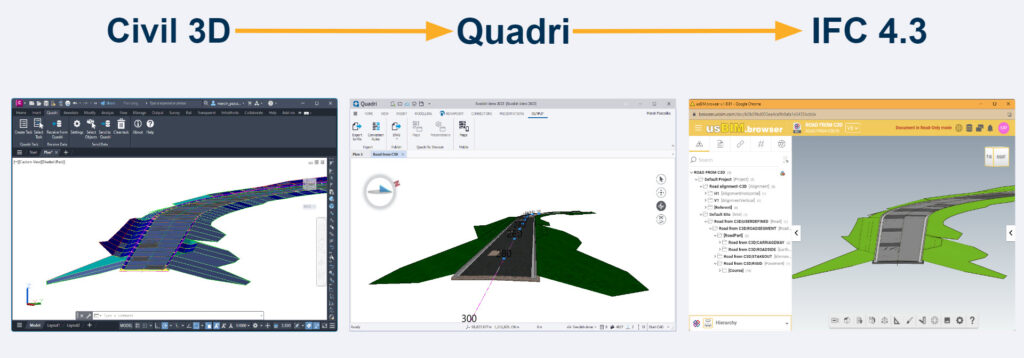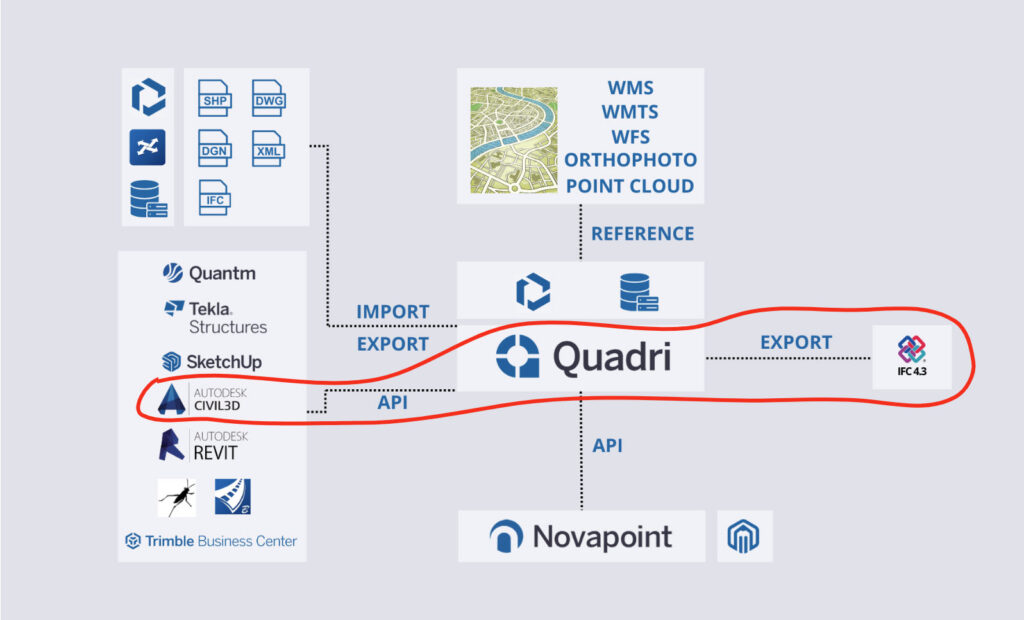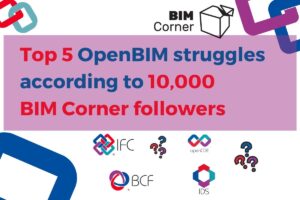In recent posts on the BIM Corner blog, I have frequently addressed the topic of the latest version of the Industry Foundation Classes (IFC) standard, namely IFC 4.3. Today, I would like to share with you the content from the latest webinar that I had the privilege to conduct.
If you are interested in the topic of IFC 4.3, don’t forget to check out other articles dedicated to this subject on our blog.
- All you need to know about IFC 4.3 for infrastructure
- IFC 4.3 in road projects – case study
- Relations I used to create IFC 4.3 for infrastructure
- Spatial Breakdown Structure in IFC 4.3
- IFC 4.3 on construction site
- Webinar about IFC 4.3
- Ticket to openBIM
- Export to IFC 4.3
- The Key Changes in IFC Schema Shaping OpenBIM for Infrastructure
Autodesk Civil 3D and Trimble Quadri
The main theme of the presentation revolves around discussing the capabilities of transferring data from Autodesk Civil 3D to Trimble Quadri and subsequently exporting from Quadri to the IFC 4.3 format.
Quadri, as one of the leading tools in the field of BIM for infrastructure, plays a crucial role in my presentation. This is an excellent opportunity to immerse ourselves in the world of Quadri and explore how this tool integrates with various design applications and platforms for managing project data, known as the Common Data Environment (CDE).
During the presentation, I delve into how Quadri facilitates the import of various file types, a critical aspect in the design process. Seamless integration of different data formats is one of the key advantages of this software. The presentation also focuses on how easily information can be added to the model in Quadri. A rich and accurate database associated with the model is a fundamental element of BIM, and Quadri enables users to input data effortlessly, contributing to the precision and completeness of information in the model.
However, the highlight of the presentation is the discussion on the process of exporting the model to the IFC 4.3 format. Quadri not only streamlines this process but also ensures compliance with the latest version of the standard, specifically version 4.3.2.
Feel free to explore the recorded webinar below:
In conclusion, I would like to express my sincere thanks to all the participants in the presentation for their active involvement and intriguing questions. I also encourage you to follow further posts on the BIM Corner blog, where I will continue our journey through the fascinating world of modern BIM technologies and standards, such as IFC 4.3. Together, we explore how modern tools can impact the efficiency and quality of our projects.










